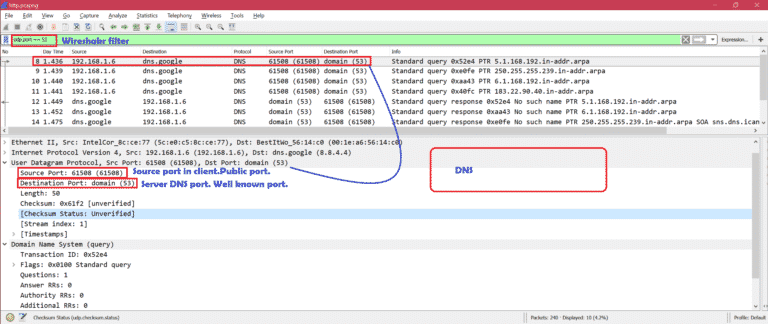
When you struggle to type the appropriate filter, you waste valuable time.īut you’re in luck. When you want to find and apply a capture filter, use the “Enter a capture” section in the middle of the welcome screen.Īlthough Wireshark boasts comprehensive filtering capabilities, remembering the correct syntax often gets tricky. To access and use an existing filter, you must type the correct name in the “Apply a display filter” section underneath the program’s toolbar. Wireshark has an impressive library of built-in filters to help users better monitor their networks. A display filter keeps data within a trace buffer, hiding the traffic you’re disinterested in and displaying only the information you wish to view. Also, you can establish it while the operation is in progress. You can set this type of filter before initiating a capture operation and later adjust or cancel it. This means, the SYN-bit (2) needs to be set, the ACK-bit (16) needs to be unset and all other bits in the TCP flags can be set or unset (as they were masked by the AND (&) operator.On the other hand, display filters contain parameters that apply to all captured packets. If the result is exactly 2, then capture the packet. tcp&18 = 2 means: look at offset 0xd (13 in decimal) and then take it's value and then only look at the bits for SYN (2) and ACK (16) by doing a logical AND.

This means the SYN-bit (2) and the ACK-bit (16) both needs to be set, but all other TCP flags must be unset tcp=18 means: look at offset 13 in the packet and only capture the packet when its value is 18.protocol names in a BPF filters are case sensitive, so you need to use "udp" instead of "UDP" and "icmp" instead of "UDP".

Both tcpdump and wireshark use the same filtering language (BPF), no need to convert.The filter will become something like: (tcp=18 or proto icmp or proto udp) and not (host 10.0.0.1 and udp port 53) and not (host 10.0.2.10 and tcp port 80) and not. Go back to step one, rinse and repeat :-).Add these interactions to the filter in a not clause.Analyze the traffic and and the top interactions to your list.

As there are probably a few top conversations, removing those from the capture process might significantly reduce the capture sizes. If you need to create an overview of connections and are not interested in the amount of the traffic, then you can iteratively remove traffic from the capture once you've added it to the list of interactions.


 0 kommentar(er)
0 kommentar(er)
